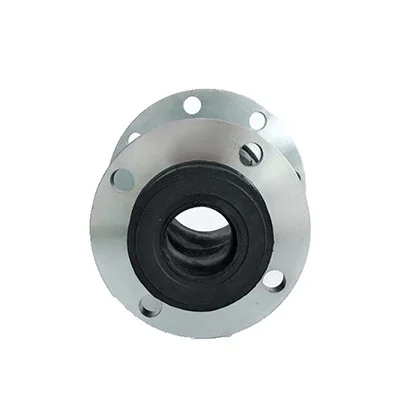
Vibration-absorbing Connector For Industrial Applications
Ein gummi-kompensator ist ein flexibles verbindungselement, das häufig in rohrleitungs- und anlagensystemen verwendet wird, um vibrationen, schocks, geräusche sowie thermische ausdehnung und kontraktion zu verhindern.
Vibration-absorbing Connector For Industrial Applications
Ein gummi-kompensator ist ein flexibles verbindungselement, das häufig in rohrleitungs- und anlagensystemen verwendet wird, um vibrationen, schocks, geräusche sowie thermische ausdehnung und kontraktion zu verhindern. sie tragen dazu bei, die lebensdauer von rohren und anlagen zu verlängern.
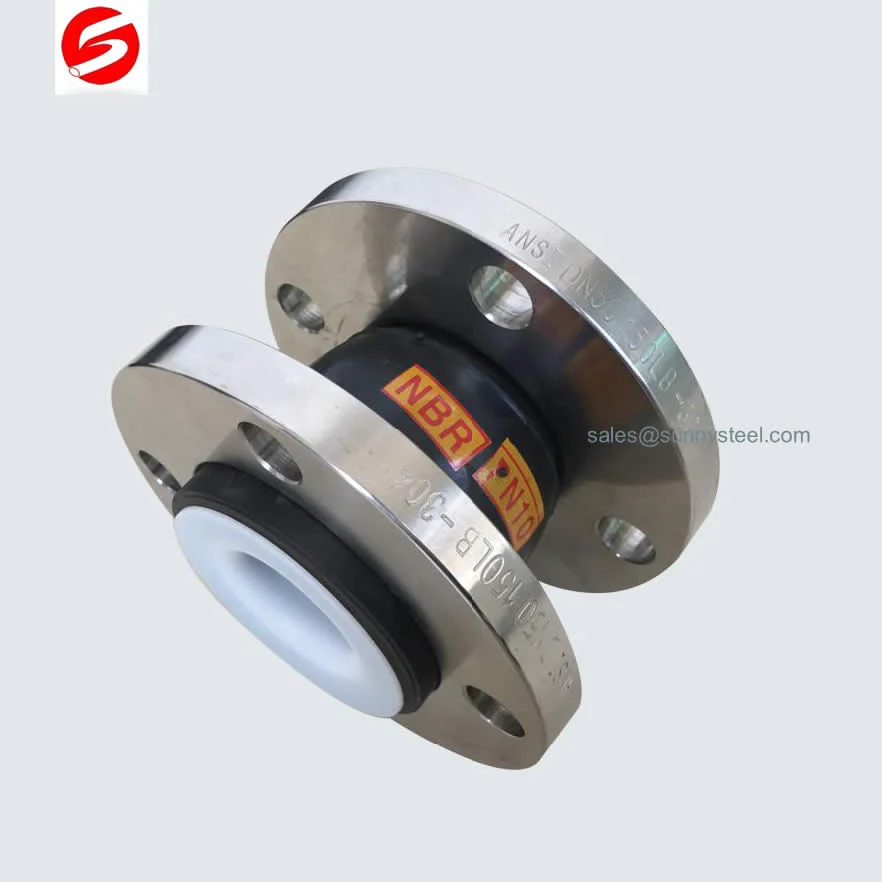
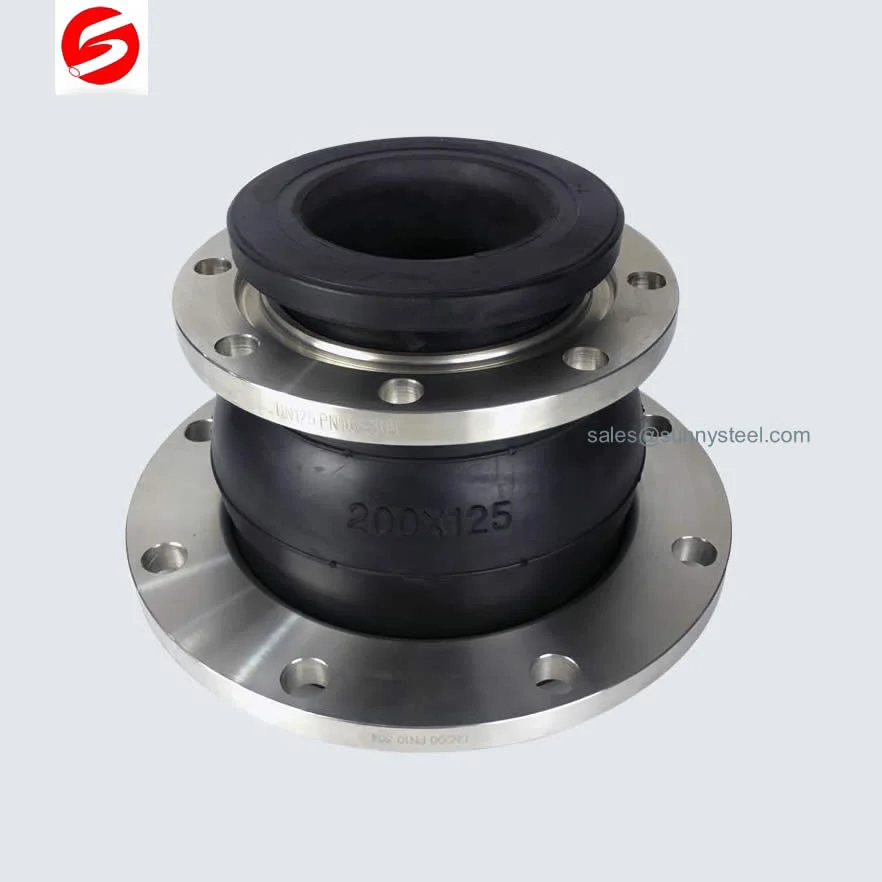
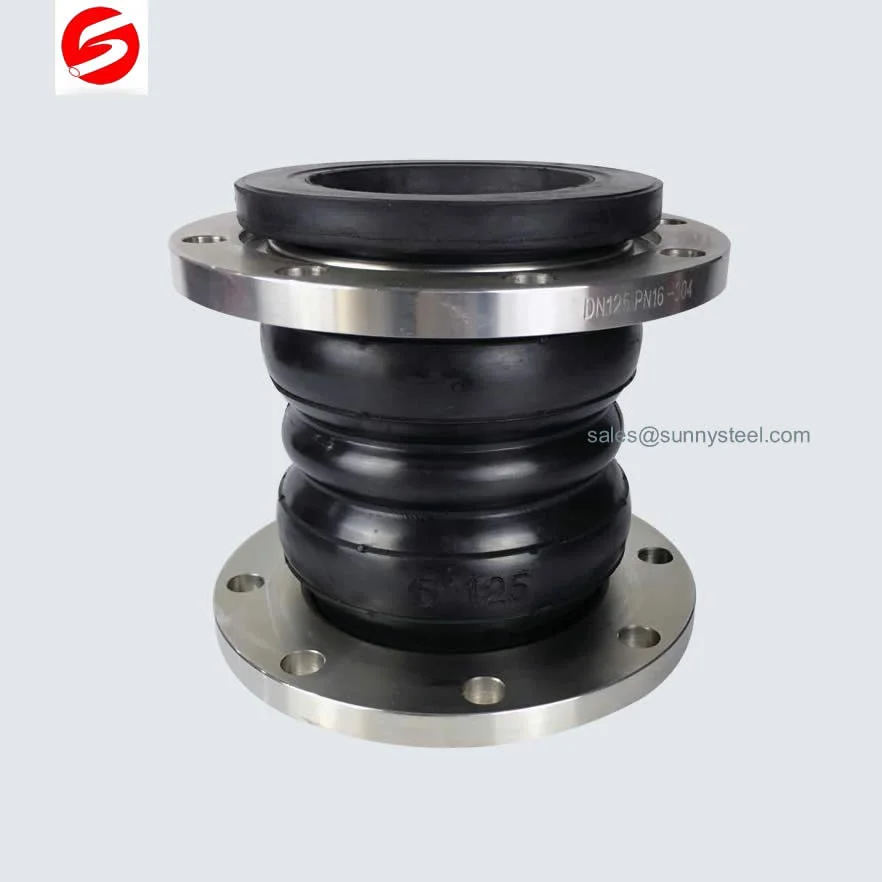
Ein Gummi-Kompensator ist ein flexibles Verbindungselement, das häufig in Rohrleitungs- und Anlagensystemen verwendet wird, um Vibrationen, Schocks, Geräusche sowie thermische Ausdehnung und Kontraktion zu verhindern. Sie tragen dazu bei, die Lebensdauer von Rohren und Anlagen zu verlängern.
Ein Gummi-Kompensator (auch Gummikompensator oder Gummiausgleichselement) ist ein flexibles Verbindungsstück in Rohrleitungssystemen. Er besteht aus elastischem Gummi, das mit Stahlgewebe verstärkt ist, um Bewegungen, Vibrationen und thermische Ausdehnung zuverlässig aufzunehmen.
Die Hauptfunktion eines Gummi-Kompensators ist es, mechanische Spannungen und Belastungen zu reduzieren, die durch Druckschwankungen, Temperaturänderungen oder Bewegungen in Rohrleitungen entstehen.
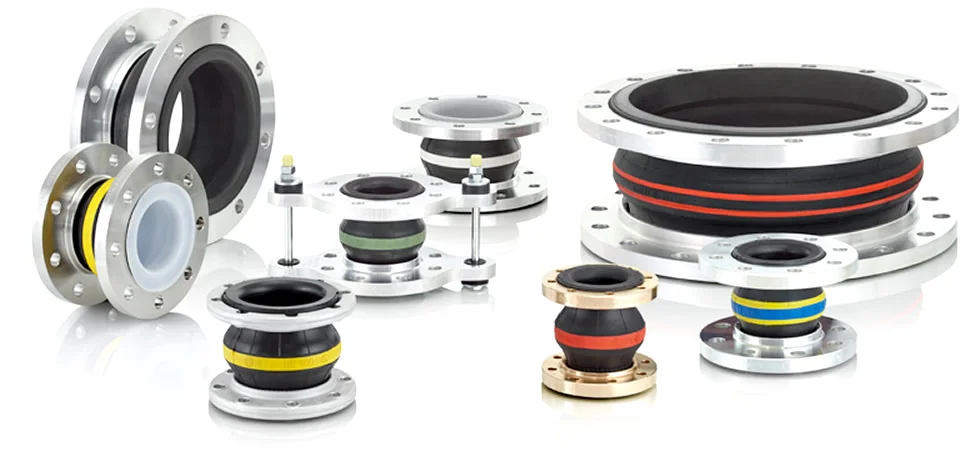
Längenänderungen der Rohrleitung werden flexibel aufgenommen.
Seitliches Verschieben der Rohrleitung wird ausgeglichen.
Winkelversätze zwischen Rohrleitungen werden kompensiert.
Beständig gegen aggressive Medien und hohe Temperaturen.
Zuverlässige Dämpfung bei Druck- und Temperaturbelastungen.
Sicherer Betrieb in Wasseraufbereitung und Abwassersystemen.
Effiziente Schwingungsdämpfung in Heizung, Lüftung & Klima.
Different styles and configurations are available to meet diverse piping and HVAC system requirements.
Application: Used as flex connectors in HVAC systems to absorb noise and vibration.
Features: Flanges made of plated steel (rotatable for alignment). Typically made from EPDM or Neoprene rubber.
Application: Designed for more demanding or custom applications.
Construction:
Absorb greater movements compared to similar length metal expansion joints, managing lateral, torsional and angular movements effectively.
Dampen disturbances and provide resistance against shock stress from hydraulic surge and water hammer.
Dampen sound transmission with rubber to steel interface, reducing unwanted noise from system imbalances.
Lightweight and easy to handle, simplifying connections and reducing installation time and labor costs.
Significantly extend service life of piping systems and connected equipment, reducing maintenance frequency.
Effectively compensate for minor misalignments during installation or due to structural settling over time.
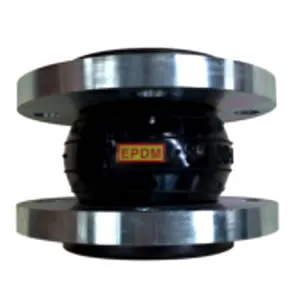
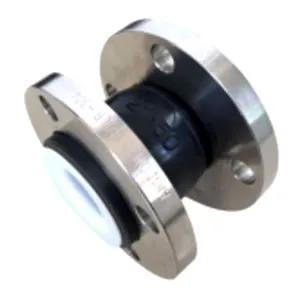
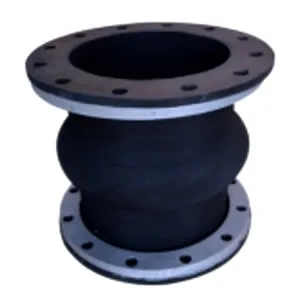
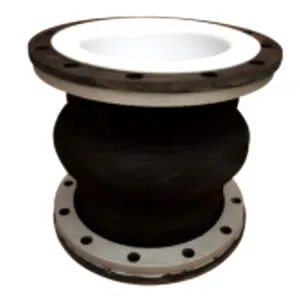
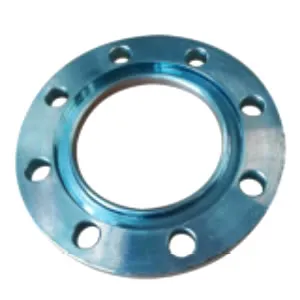
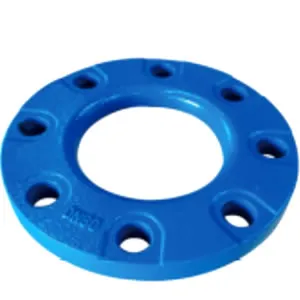
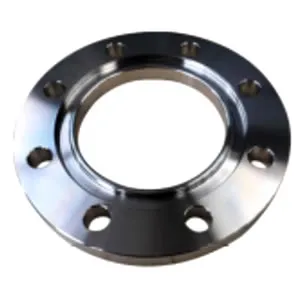
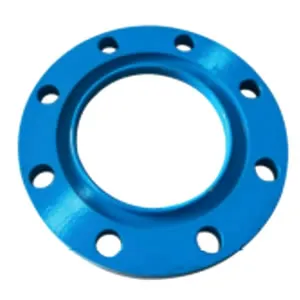
| Material | Temperature Range | Key Properties | Applications |
|---|---|---|---|
| EPDM Ethylene Propylene Diene Monomer |
-40°C to +120°C | Water, steam, ozone, weathering resistance | HVAC, water, wastewater systems |
| Nitrile (Buna-N) Acrylonitrile Butadiene |
-30°C to +100°C | Oil, fuel, chemical resistance | Petroleum-based applications |
| Hypalon Chlorosulfonated Polyethylene |
-40°C to +135°C | Ozone, weathering, oxidizing chemicals | Chemical processing, marine |
| Viton (FKM) Fluorocarbon |
-20°C to +200°C | High temperature, aggressive chemicals | Chemical, oil & gas, aerospace |
| Natural Rubber Polyisoprene |
-50°C to +80°C | Elasticity, abrasion resistance | General purpose, low chemical exposure |

Gummi-Kompensator are essential in industries requiring flexible, corrosion-resistant solutions for thermal expansion and vibration control in piping systems.
Transfers heat between fluids, allowing return flow at 180° in a compact space.
Used in heat exchangers, chemical & petrochemical, food processing, and refrigeration industries.
Seamless stainless U-tubes are essential in nuclear and petrochemical machine building.
Applied in heat exchangers at Oil & Gas, petrochemical plants, refineries, and power plants.
Handles aggressive fluids like sodium hydroxide + sodium hypochlorite safely.
Allows pipeline expansion without buckling; flexible or sliding options available.
Enhances heat transfer when the outside coefficient is lower than the inside, improving efficiency.
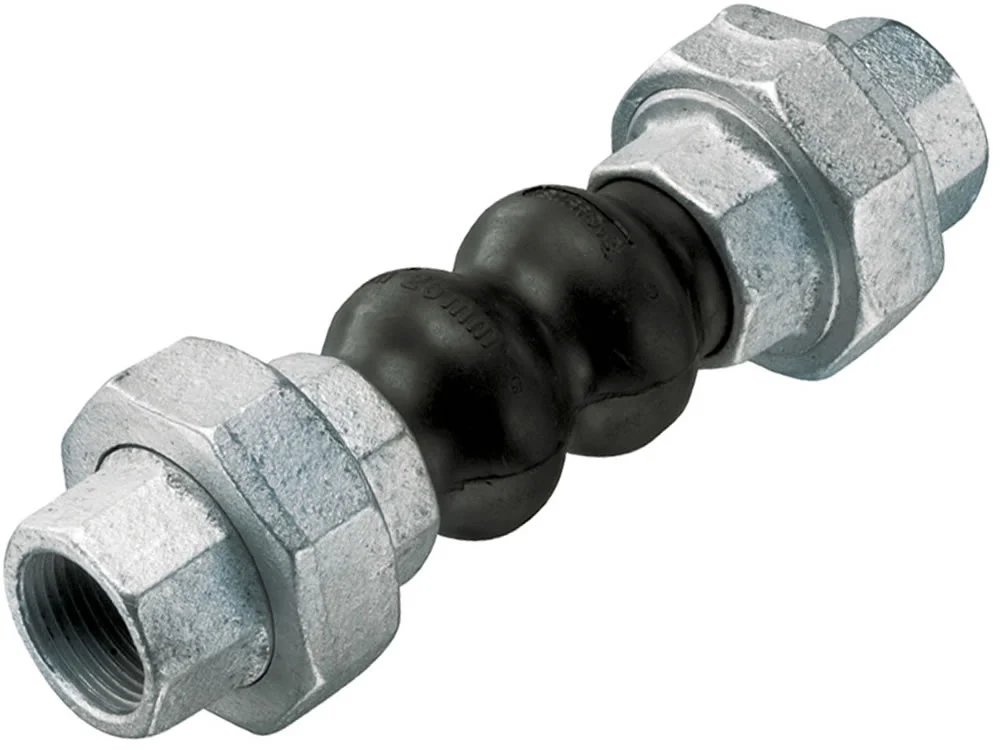
Threaded rubber expansion joints absorb vibration,...
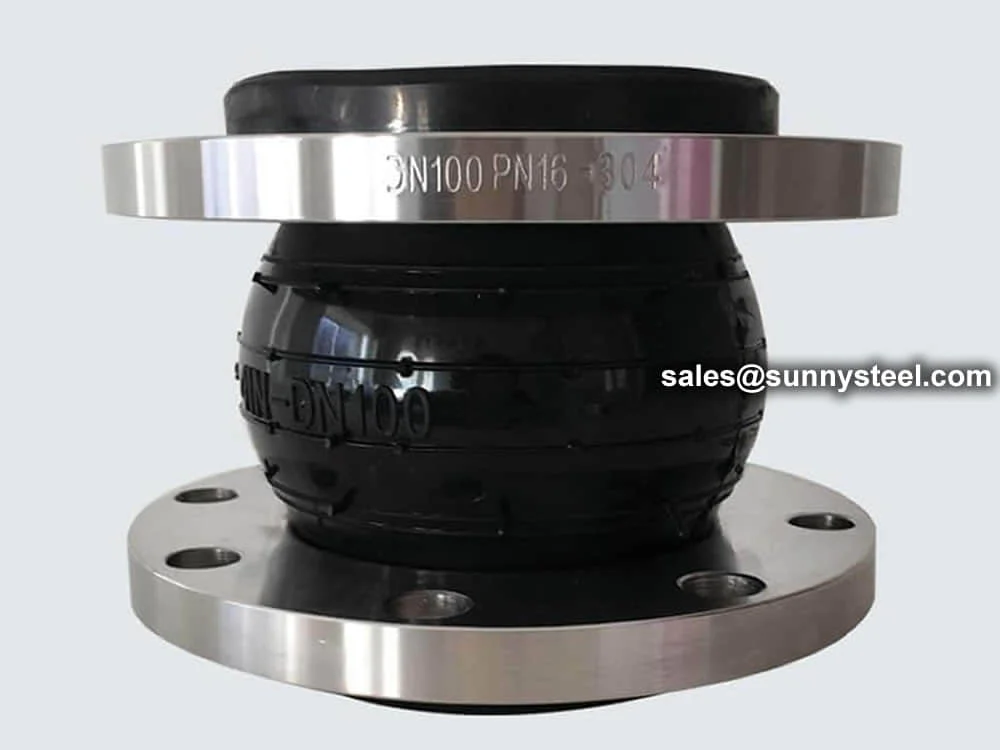
Flexible rubber joints absorb vibration, reduce no...
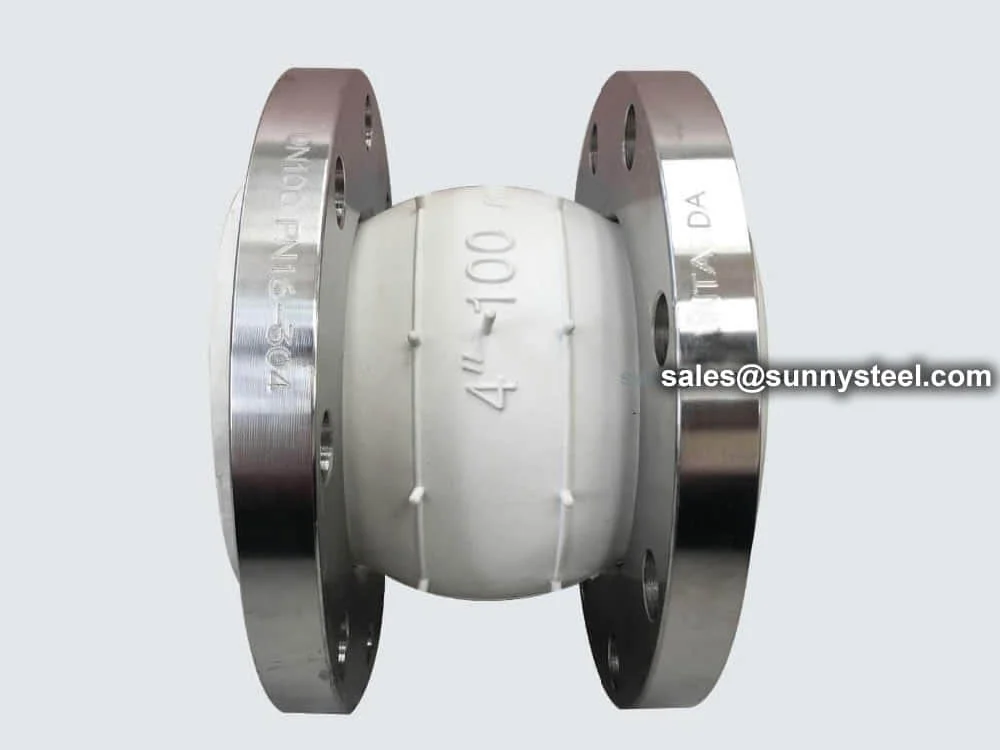
Food grade rubber expansion joints ensure hygienic...
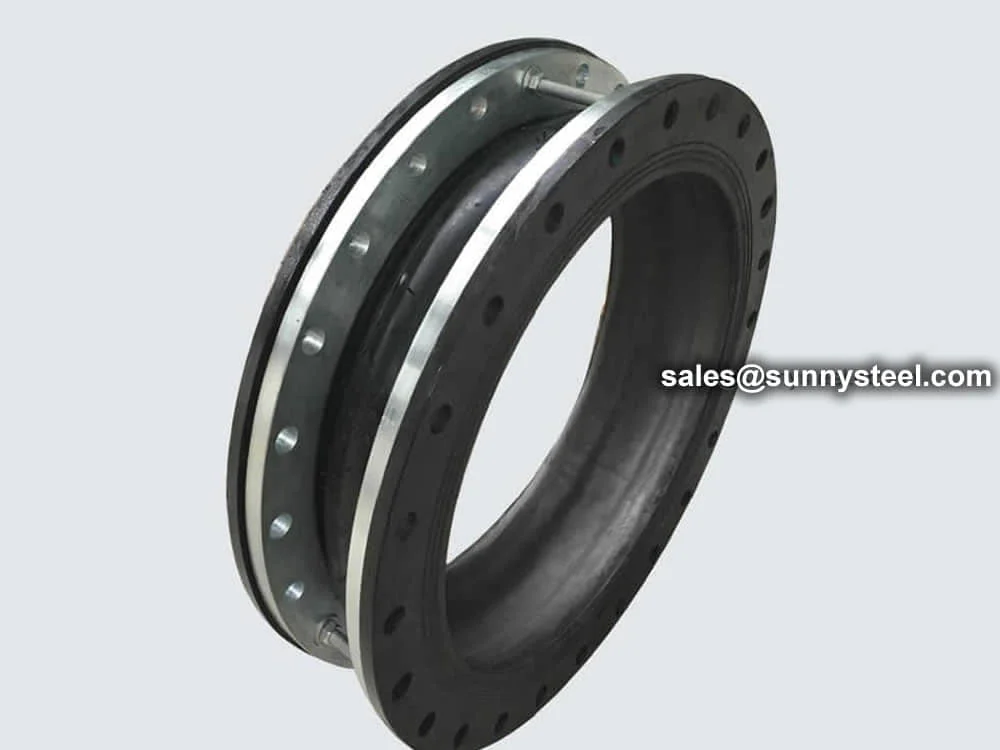
Limited flexible rubber joints absorb vibration, r...
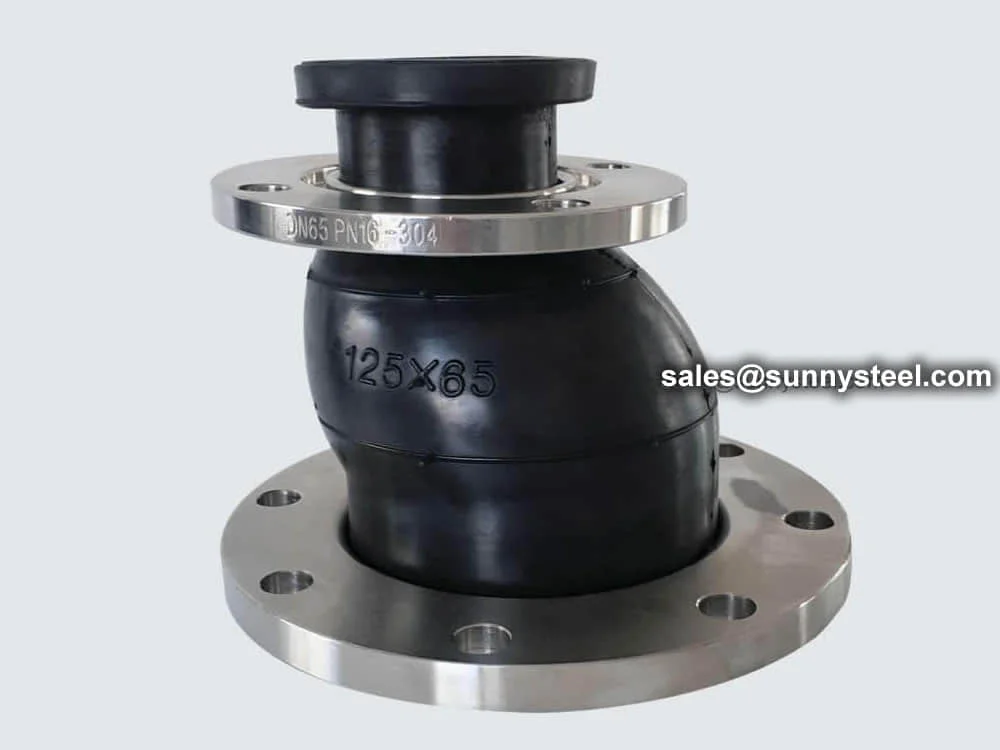
Eccentric reducer rubber joints connect misaligned...
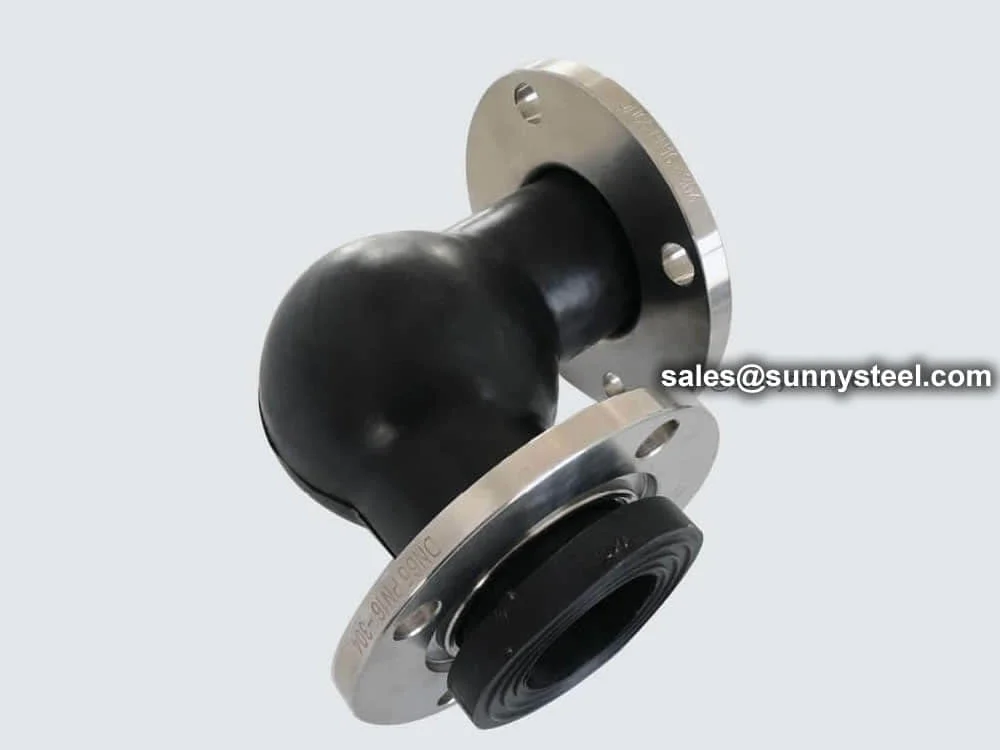
Flexible rubber elbow joints redirect flow in pipi...